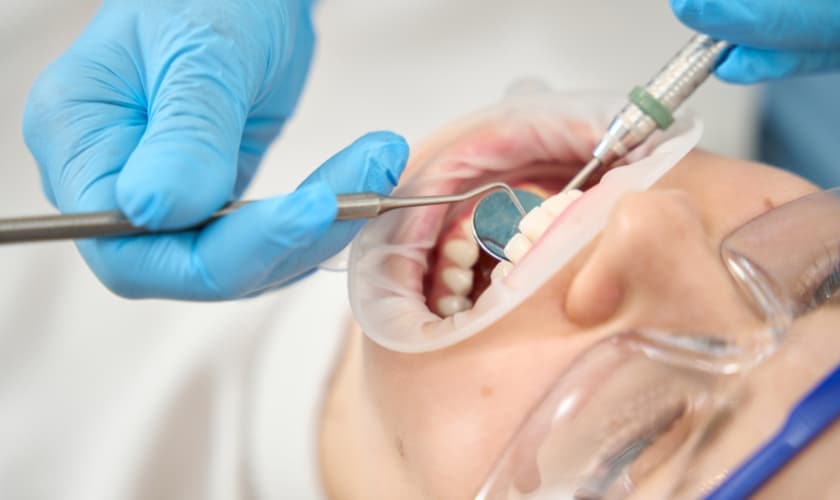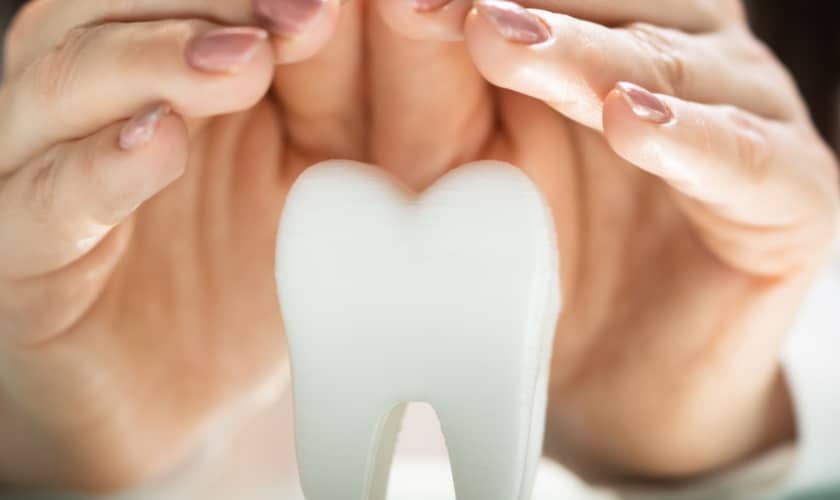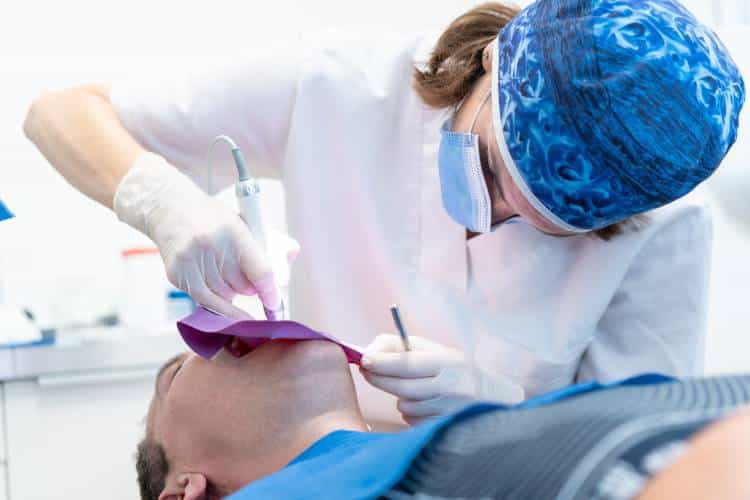Are you considering teeth whitening, but wondering if you should first take care of any existing cavities? You’re not alone. Many people are unsure whether they need to address dental decay before getting their teeth professionally brightened. In this blog post, we’ll explore the common questions surrounding this issue and help you decide what’s best for your oral health and aesthetics. So grab a cup of tea, sit back, and let’s get started!
What Are Teeth Whitening?
professionally administered teeth whitening is one of the most popular cosmetic dentistry procedures because it can greatly improve the look of your smile. While many at-home teeth whitening products are available, these are not as effective as those administered by a dentist.
Teeth whitening treatments use bleaching agents to remove stains and discoloration from your teeth. The active ingredient in most teeth-whitening products is hydrogen peroxide or carbamide peroxide. These bleaching agents work by breaking down into oxygen molecules that penetrate the enamel and break up the molecular bonds that cause staining.
There are two types of teeth whitening treatments: in-office and at-home. In-office teeth whitening is performed by a dentist and offers the quickest results. At-home teeth whitening kits are available for purchase from many retailers, but these take longer to produce results.
If you are considering having your cavities filled before undergoing a teeth whitening treatment, you should speak with your dentist to see if this is necessary. In some cases, it may be best to fill cavities before undergoing treatment, while in other cases, it may not be necessary.
Why Cavities Should Be Fixed Before Teeth Whitening?
Cavities can cause a lot of pain and discomfort, and if left untreated, can lead to more serious dental problems. If you have cavities, it’s important to get them filled before you whiten your teeth so that you can avoid further damage to your teeth and gums. Cavities occur when tooth enamel is broken down by acidic substances like plaque or tartar. This causes holes to form in the teeth, which can then become infected. If the infection spreads, it can lead to tooth loss. Filling cavities will help to prevent this from happening and will also make your teeth look healthier and brighter.
Dealing with cavities and tooth decay
Cavities and tooth decay can be a real pain, both literally and figuratively. Not only can they cause sensitivity and pain when eating or drinking, but they can also be unsightly and make you feel self-conscious about your smile.
Thankfully, there are a few things you can do to help prevent cavities and tooth decay, including:
-Brushing your teeth twice a day with a fluoride toothpaste
-Flossing regularly
-Eating a balanced diet and avoiding sugary snacks and drinks
-Visiting your dentist for regular checkups and cleanings
If you do have cavities or tooth decay, your dentist will likely recommend that you have them filled before undergoing any teeth whitening treatment. This is because the bleaching agents used in teeth whitening can sometimes aggravate existing dental problems, so it’s best to get them taken care of first.
What to expect during teeth whitening?
When you have your teeth whitened, you can expect a bright, white smile. However, there are a few things to keep in mind during the process. First, your teeth may be sensitive to cold or hot foods and drinks for a few days after the procedure. It is also important to avoid dark-colored foods and drinks, as they can cause your teeth to stain more easily. Finally, you should brush and floss your teeth regularly to maintain your new smile.
Fix your cavities and whiten your teeth
Cavities and teeth whitening are two dental procedures that are often done at the same time. Cavities are caused by tooth decay, which is the result of bacteria in the mouth breaking down carbohydrates and sugars. This process produces acids that eat away at the enamel, causing holes or cavities in the teeth. Teeth whitening is a process of bleaching the teeth to make them appear brighter and whiter.
The main question is whether you should have cavities filled before or after teeth whitening. The answer to this question depends on several factors. First, if your holes are large or if you have multiple cavities, it is best to have them filled before having your teeth whitened. This is because fillings can change the shape of your teeth, which may impact how well the bleaching agent works. Second, if your cavities are small and you only have a few, you may be able to have them filled after your teeth have been whitened. This option may be less expensive and require less time than having both procedures done separately. Third, if you are planning to use a home teeth whitening kit, it is important to follow the manufacturer’s instructions carefully. Some kits recommend that you wait to fill cavities until after using the kit, while others do not mention this step.
If you are considering having your cavities filled before or after teeth whitening, it is best to speak with your dentist about what option is
Conclusion
In summary, it is always a good idea to have cavities filled before having your teeth whitened. Doing so will help to ensure that the whitening process goes smoothly and that you get maximum results from your procedure. Not only will this improve the aesthetic look of your teeth, but it can also be beneficial for your overall oral health since you won’t have to worry about any potential complications caused by leaving untreated tooth decay.





